Q
How much is a brand-new Honda Civic Type R?
The all-new Honda Civic Type R is currently priced between approximately RM330,000 to RM360,000 in Malaysia. That figure can vary slightly depending on optional extras, dealer promotions, or regional differences. This high-performance front-wheel-drive hot hatch packs a 2.0-liter VTEC turbocharged engine, churning out 315 horsepower and 420 Nm of torque. Mated to a 6-speed manual gearbox and a limited-slip differential, it sprints from 0-100km/h in just 5.7 seconds.
It's worth noting that the Civic Type R is brought in as a limited-edition model, hence its significantly higher price tag compared to the standard Civic. It's really aimed at enthusiasts chasing the ultimate driving thrill. The +R driving mode is a standout feature, tweaking throttle response, suspension damping, and steering feel for some seriously impressive track performance.
In the Malaysian market, this price bracket does throw up some European performance alternatives. However, the Type R still commands a loyal following, thanks to Honda's long-standing reputation and relatively lower maintenance costs. If you're keen, I'd recommend reaching out directly to authorized Honda Malaysia dealers for the latest quotes and to arrange a test drive. Also, it's wise to factor in the typically higher insurance premiums and road tax costs that come with these high-performance machines.
Special Disclaimer: This content is published by users and does not represent the views or position of PCauto.
Related Q&A
Q
Does the Honda Civic 2022 have wireless charging?
The 2022 Honda Civic does come with wireless charging on some higher trim models, but it's not a standard feature across the entire lineup—it all depends on the version you pick. For instance, in the Malaysian market, the RS e:HEV hybrid variant usually gets this handy tech, while the base S trim might skip it. The wireless charging pad is typically located in the storage area below the center console and works with Qi-standard devices, though charging speed can vary depending on your phone model and case material. It’s a good idea to remove thick phone cases before using it.
Wireless charging has become pretty common in mid-to-high-end cars these days. Besides Honda, other brands like the Toyota Corolla Cross and Mazda 3 also offer it on their higher trims. This tech is especially useful for Malaysian drivers who rely heavily on phone navigation and e-payments on the go. Just keep in mind that prolonged charging can make your phone warm, so using an air vent mount to cool it down while driving helps maintain optimal charging efficiency.
If your Civic trim doesn’t have wireless charging as standard, there are plenty of JPJ-certified third-party retrofit options available. Just make sure to go with reputable manufacturers to ensure electrical safety.
Q
Does the 2022 Civic Hatchback have a sunroof option?
The 2022 Honda Civic Hatchback did offer a sunroof option in the Malaysian market, but the specific configuration depends on the trim level. For example, the higher-spec RS variant usually comes standard with a panoramic sunroof to enhance cabin lighting and a sense of luxury, while the base model might not have one. A sunroof not only adds a more spacious feel to the interior, but in Malaysia's hot climate, when paired with heat-insulating glass or a sunshade, it can also effectively reduce cabin temperatures. However, it's advisable to regularly check the sunroof rail cleanliness and weatherstrip maintenance to prevent drain hole blockages caused by prolonged rainy weather. If you have a specific need for a sunroof, you can confirm the detailed specifications of available models with local Honda dealers. Also, compare the active safety features (like Honda SENSING) and performance figures (1.5L turbo engine with 182PS/240Nm) across different trims to choose the most suitable configuration. It's worth noting that some owners have reported that the sunroof might slightly affect rear headroom, so you can personally experience this during a test drive to confirm.
Q
What is the range of the 2022 Honda Civic hatchback?
The 2022 Honda Civic Hatchback's range in the Malaysian market mainly depends on its powertrain. The version equipped with the 1.5-liter VTEC turbo engine delivers a combined range of approximately 650 to 750 kilometers (calculated based on a 47-liter fuel tank and official fuel consumption figures of 5.8-6.5L/100km). Actual range will be affected by driving habits, road conditions, air conditioning usage, and other factors. This model continues Honda's efficient power technology, with the Earth Dreams turbo engine balancing performance and fuel economy, making it suitable for both urban commuting and long-distance driving needs in Malaysia. It's worth noting that the Civic Hatchback features a lightweight body design, which, combined with the CVT transmission, optimizes highway cruising performance. In Malaysia's hot climate, regular maintenance of the fuel system and tire pressure is recommended to maintain optimal range. Among competitors in the same class, hatchbacks with similar power specifications generally have a range of 600-800 kilometers. Consumers can comprehensively evaluate practicality based on their personal driving scenarios, combined with fuel tank capacity and fuel consumption data.
Q
What is the warranty on a 2022 Honda Civic Hatchback?
The 2022 Honda Civic Hatchback in Malaysia comes with a factory warranty of 5 years or 150,000 kilometers, whichever comes first. This warranty covers major mechanical components of the vehicle, including the engine, transmission, and drivetrain. However, it's important to note that wear-and-tear parts like brake pads and tires, as well as damage caused by improper use or accidents, are typically not included in the coverage. Additionally, Honda Malaysia offers 5 years of unlimited roadside assistance for the Civic Hatchback, further enhancing the ownership experience. For Malaysian consumers, understanding the details of the warranty terms is crucial—for instance, regular maintenance at authorized service centers is a necessary condition to keep the warranty valid, and failure to do so may result in warranty invalidation. It's worth mentioning that beyond the factory warranty, many car owners also opt for extended warranty services to further protect their interests, especially if they plan to use the vehicle for an extended period. Honda has a well-established after-sales service network in Malaysia, with authorized service centers nationwide providing professional repair and maintenance support, which is one of the reasons many consumers choose the Honda brand.
Q
What is the model name of the 2022 Honda Civic?
The 2022 Honda Civic launched in the Malaysian market is the eleventh-generation model, officially named Honda Civic FE (FE stands for Far East, the Far East version). This model continues the global design language of the Civic series but has been localized for Southeast Asian road conditions and consumer preferences. For example, the suspension tuning prioritizes comfort, and it offers a 1.5L VTEC turbocharged engine (code-named L15C7) as a power option, delivering a maximum horsepower of 182PS paired with a CVT transmission. Notably, the Malaysian-spec Civic FE comes standard with the Honda Sensing intelligent driving assistance system across the range, including features like adaptive cruise control and lane-keeping assist. The interior features a 9-inch central control screen and honeycomb-patterned air vents, giving it a more tech-forward look compared to the previous generation. When compared to the same level Japanese models like the Toyota Corolla or Mazda 3, the Civic FE differentiates itself with its sporty exterior and higher equipment levels, though the final choice still depends on individual power needs and budget considerations. Additionally, Honda Malaysia offers a 5-year unlimited mileage warranty for this model, which enhances its market competitiveness to some extent.
Q
What Honda Civic color is the rarest?
In the Malaysian market, the rarest Honda Civic colors are usually limited-edition shades released for specific model years or special variants. Think the Championship White on the 2018 FK8 Type R or the Meteorite Gray Metallic offered for the 11th-gen Civic RS in 2022. These hues gain their exclusivity from low production numbers or being restricted to higher trim levels. Additionally, certain special pearl paints (like Premium Crystal Red) or metallic finishes that require a price upgrade are also pretty uncommon, since most owners tend to stick with the usual suspects—white, black, or silver. What makes a color rare isn't just production batch limitations; market demand plays a role too. With Malaysia's hot climate, lighter shades are way more popular, so darker or brighter colors end up being fewer and farther between. It's worth noting that some colors might fetch more attention in the used car market thanks to their uniqueness and better resale value, but when it comes down to it, personal preference and upkeep costs still matter. Dark paint, for example, shows every little scratch way more easily.
Q
How much does it cost to fill up a 2022 Honda Civic?
The 2022 Honda Civic has a fuel tank capacity of approximately 47 liters. In Malaysia, using RON 95 petrol, with the current fuel price around RM2.05 per liter, a full tank would cost roughly RM96.35. The actual cost may vary slightly due to fuel price fluctuations and regional differences. It's important to note that fuel efficiency is affected by driving habits, road conditions, and vehicle maintenance. For example, aggressive driving or frequent traffic jams can increase fuel consumption, while regular maintenance like changing the air filter and maintaining proper tire pressure helps optimize fuel economy. Malaysian car owners can also further reduce fuel consumption through Honda's eco-driving assist features such as ECON mode, and it's recommended to use common local apps like MyTukar or Fuelly to record fuel consumption data. Long-term tracking allows for a more accurate understanding of vehicle operating costs. Additionally, the fuel tank capacity may vary slightly across different years of Civic models, so it's advisable to check the specific specifications before purchasing a car.
Q
What are the specs of the 2022 Honda Civic Hatchback?
The 2022 Honda Civic Hatchback in Malaysia comes with a 1.5-liter VTEC turbo engine, churning out 182PS of max power and 240Nm of peak torque. Paired with a CVT gearbox, it does 0-100km/h in around 8 seconds—delivering a balanced power performance with solid fuel efficiency, rated at 6.5L/100km (combined cycle) officially. Measuring 4550mm long, 1800mm wide, and 1415mm tall with a 2735mm wheelbase, it sports Honda's latest family design, complete with full LED head and tail lights plus sporty body cladding. Inside, you get a 9-inch infotainment screen, Honda CONNECT smart system, and a 12-speaker Bose sound system (on higher trims). Safety-wise, Honda SENSING comes standard, packing features like ACC adaptive cruise control, CMBS collision mitigation, and LKAS lane keeping assist, along with 6 airbags and stability control. What's cool is it keeps the Civic's sporty DNA with suspension tuned for handling, yet rear legroom is way better than the previous gen—perfect for young Malaysian families who want driving fun without sacrificing practicality.
Q
What color is the Honda Civic hatchback 2022?
The 2022 Honda Civic Hatchback offers a variety of color options in the Malaysian market, including Crystal Black, Platinum White, Meteoroid Gray Metallic, Lunar Red Pearl, and Sonic Gray Pearl. These color choices not only meet consumers' demand for personalization but also reflect Honda's emphasis on market diversity. When choosing a body color, Malaysian consumers can consider local climate factors—for example, dark colors may absorb heat more easily in hot weather, while light colors are relatively more resistant to dirt and have better heat dissipation. In addition, body color can also affect the resale value of used cars; generally speaking, neutral colors like white and silver are more popular in the Malaysian market and tend to hold their value better. The 2022 Honda Civic Hatchback not only has a sporty exterior design, but its color options also balance practicality and style, making it suitable for both young consumers and family users in Malaysia.
Q
What engine is in a 2022 Honda Civic?
The 2022 Honda Civic offers two engine options in the Malaysian market: a 1.5-liter VTEC turbocharged four-cylinder and a 2.0-liter naturally aspirated four-cylinder. The 1.5T variant cranks out 182 horsepower and 240 Nm of peak torque, paired with a CVT gearbox. Meanwhile, the 2.0L version delivers 158 horsepower and 187 Nm of torque, also mated to a CVT transmission. Both engines are known for their efficiency and reliability. The 1.5T engine is particularly suited for drivers seeking performance, while the 2.0L engine excels in smoothness and durability. It's worth noting that Honda's VTEC technology has long been celebrated for its intelligent valve control system, which optimizes power output and fuel efficiency at different engine speeds. This is especially important for Malaysian consumers, given the diverse local road conditions that include both city congestion and highway driving needs. Additionally, the 2022 Civic features Honda's latest chassis tuning technology, further enhancing handling and comfort, making it a popular choice in its class.
Latest Q&A
Q
Does the 2020 Honda Accord have transmission problems?
The 2020 Honda Accord has performed well overall in the Malaysian market. Its CVT and 10-speed automatic transmissions (depending on the trim) are technically mature, with most owners reporting smooth and reliable operation. However, some isolated cases may experience slight low-speed hesitation or delayed shifting, which are common characteristics of CVT transmissions rather than malfunctions. Honda Malaysia has not issued any large scale recalls or technical bulletins for this model regarding the transmission. It is recommended to check the transmission fluid condition during regular maintenance to ensure optimal performance. For consumers considering a used 2020 Accord, it is advisable to conduct a pre-purchase inspection through an authorized Honda service center, focusing on reading transmission fault codes and historical data. Notably, while CVT transmissions are known for their fuel efficiency, driving style can affect their lifespan. It is recommended to avoid frequent hard acceleration to extend component longevity. If unusual shifting vibrations or warning lights appear, contact an authorized Honda service point promptly for professional diagnosis. All Honda service centers in Malaysia are equipped with dedicated diagnostic equipment to quickly identify issues.
Q
What year to avoid Accord?
In Malaysia, the Honda Accord is a popular mid-size sedan, but certain model years can have some common issues that buyers should watch out for when shopping around. Based on owner feedback and expert reviews, some 2013 and 2014 Accord models had problems with transmission jerking and electronic system glitches, especially the CVT-equipped versions, which might develop rough shifting after long-term use. Additionally, owners of 2008 to 2010 Accords have reported higher fuel consumption and suspension noises. While these don't affect driving safety, they could increase long-term maintenance costs. If you're buying a used Accord, it's better to prioritize models from 2015 onwards—they saw significant improvements in reliability and fuel efficiency. Malaysia's hot and humid climate means you should also pay extra attention to the car's air conditioning system and electrical wiring when checking it out. Regular maintenance can really help extend the vehicle's lifespan. If your budget allows, the new Accord's hybrid system performs better in terms of fuel savings and driving experience, making it a good fit for buyers who value eco-friendliness and comfort.
Q
Which is better, the 2019 or the 2020 Honda Accord?
Both the 2019 and 2020 Honda Accord are really popular mid-size sedans in the Malaysian market. They don't differ much in core specs, but the 2020 model gets some nice detail upgrades. On the outside, the 2020 Accord has subtle tweaks to the front grille and wheel designs, giving it a more modern look, plus there are new exterior color options. Inside, the 2020 version comes standard with an 8-inch infotainment screen and an upgraded Honda Sensing safety suite, including more responsive adaptive cruise control and lane-keeping assist – features that were optional on some 2019 trims. Under the hood, both models offer the 1.5T turbo engine or the 2.0L hybrid system, with similar fuel economy, but the 2020's CVT transmission feels smoother in its tuning. For Malaysian buyers, if your budget allows, the 2020's upgraded features are worth considering, especially the improved safety tech which is really handy for daily driving. It's worth noting that 2019 models might offer better value in the used car market, but make sure to check the service records carefully if you go that route. The Honda Accord is known in Malaysia for its reliability and low maintenance costs, so both model years are solid picks – it just comes down to your budget and how much you want the newer features.
Q
Which year of Accord is most reliable?
In the Malaysian market, the Honda Accord is a favorite among consumers for its reliability and durability, especially the ninth-generation models produced from 2013 to 2017, which deliver an outstanding overall performance. This generation comes with an optimized 2.4-liter naturally aspirated engine or a 3.5-liter V6, offering smooth power delivery and decent fuel efficiency. It's paired with either a CVT or 6-speed automatic transmission—both mature technologies with low failure rates. Additionally, the ninth-gen Accord features a solid body structure and a well-tuned chassis that balances comfort and handling, making it suitable for Malaysia's diverse road conditions. If your budget is tight, the eighth-generation Accord (2008–2012) is also a solid pick, though keep in mind that some high-mileage used units may have issues like worn steering gears or suspension bushings. When shopping for a used Accord, prioritize checking regular maintenance records and pay close attention to the upkeep of critical components like transmission fluid and timing chains. As for hybrid versions, the i-MMD system in the tenth-generation Accord (2018 onwards) performs reliably, but battery life will gradually decline with years of use—professional testing is recommended before purchase. Overall, the Accord ranks among the most reliable in its class, and with proper maintenance, it can stay in great shape for the long haul.
Q
How long will a 2020 Accord last?
The 2020 Honda Accord can typically clock 200,000 to 300,000 kilometers or more with regular maintenance and proper use. Its actual lifespan depends on the owner's driving habits, how often it's serviced, as well as road conditions and climate in Malaysia. Under the hood, it’s packing Honda’s reliable Earth Dreams engine paired with a CVT transmission—proven tech with solid durability. Sticking to regular oil changes, transmission fluid replacements, and maintaining key components like the brakes and suspension can seriously extend its road life. Malaysia’s hot and humid weather might take a toll on rubber parts (think belts and seals) and the battery, so it’s a good idea to check these every six months and opt for original or high-quality replacement parts. Also, the Accord holds its value pretty well in Malaysia’s used car market, and a solid service history can bump up its resale price even more. For long-term ownership, follow the official maintenance manual and head to authorized Honda service centers for upkeep—you’ll get professional technical support and genuine parts that way. If you’re planning to keep it for the long haul, consider periodic deep maintenance too, like fuel system cleaning and coolant replacement, to keep the car in top shape.
View MoreRelated News
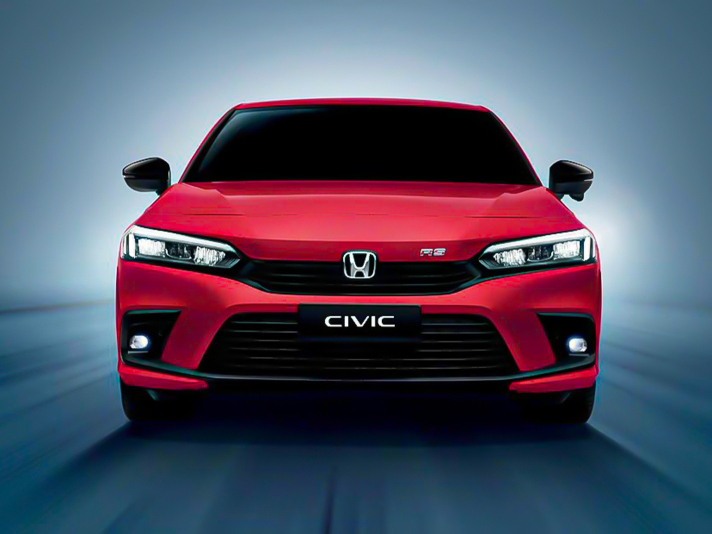
Honda Civic Interior Revealed: A Comprehensive Analysis of Civic’s Interior Charm
Kevin WongJul 10, 2025
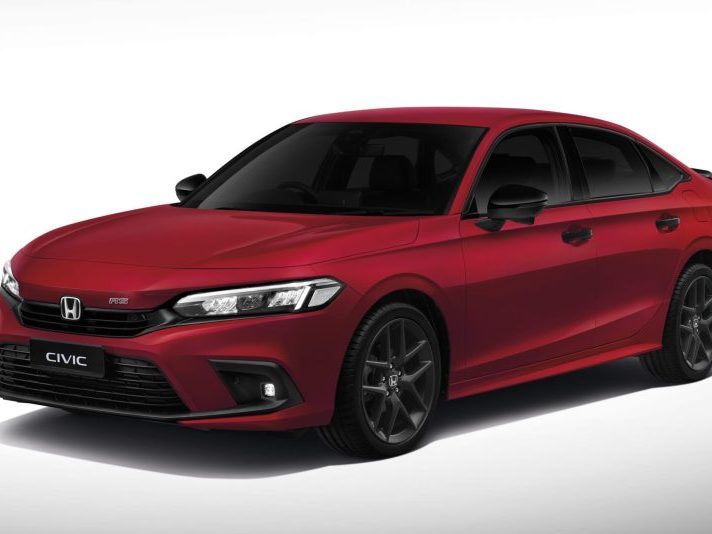
Honda Civic Price Revealed: The Most Detailed Buying Guide!
AshleyApr 8, 2025
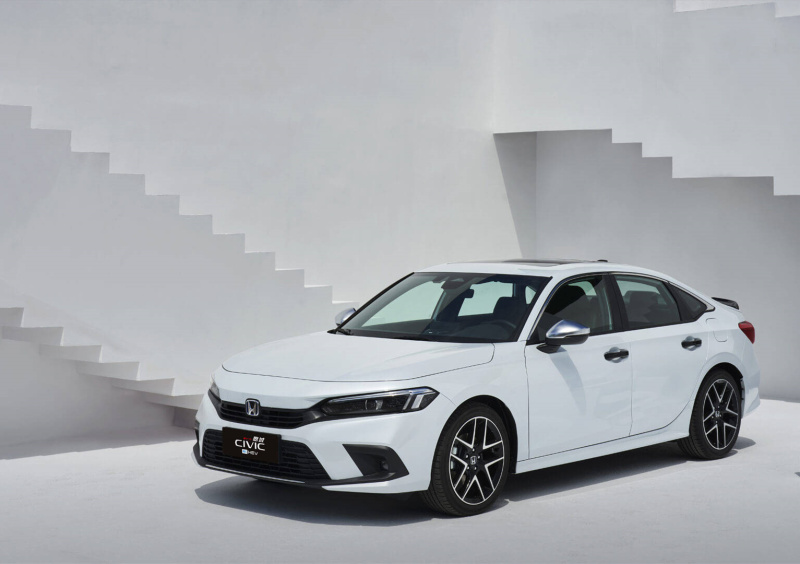
Whether it's about appearance or handling, why do young people all like Honda Civic?
WilliamSep 24, 2024
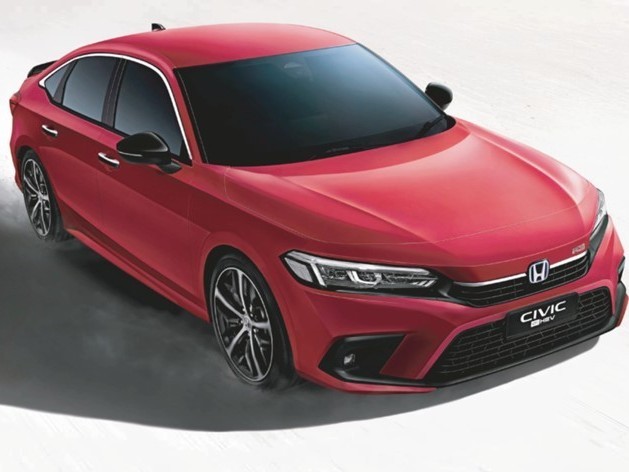
2022 Honda Civic: Hybrid car with the fastest acceleration, lowest fuel consumption, who says eco-friendly cannot be fast
JohnSep 3, 2024
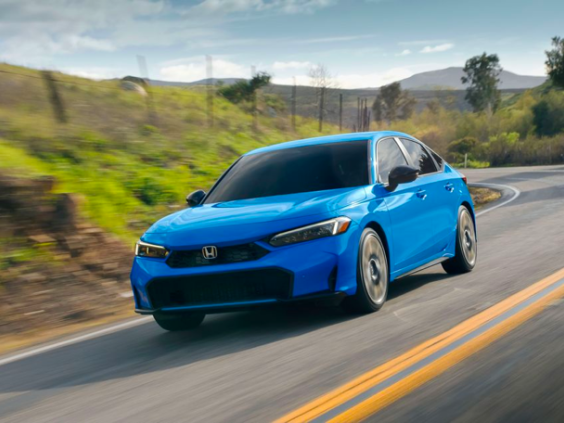
2025 Honda Civic debuts, minor changes in appearance, has 1.5 Turbo model been discontinued?
LienMay 22, 2024
View More










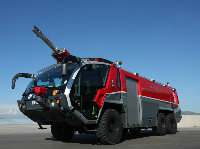
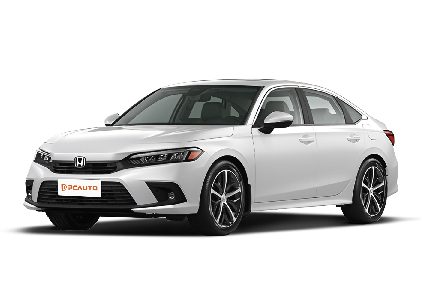
 Cars
Cars



Pros
Cons